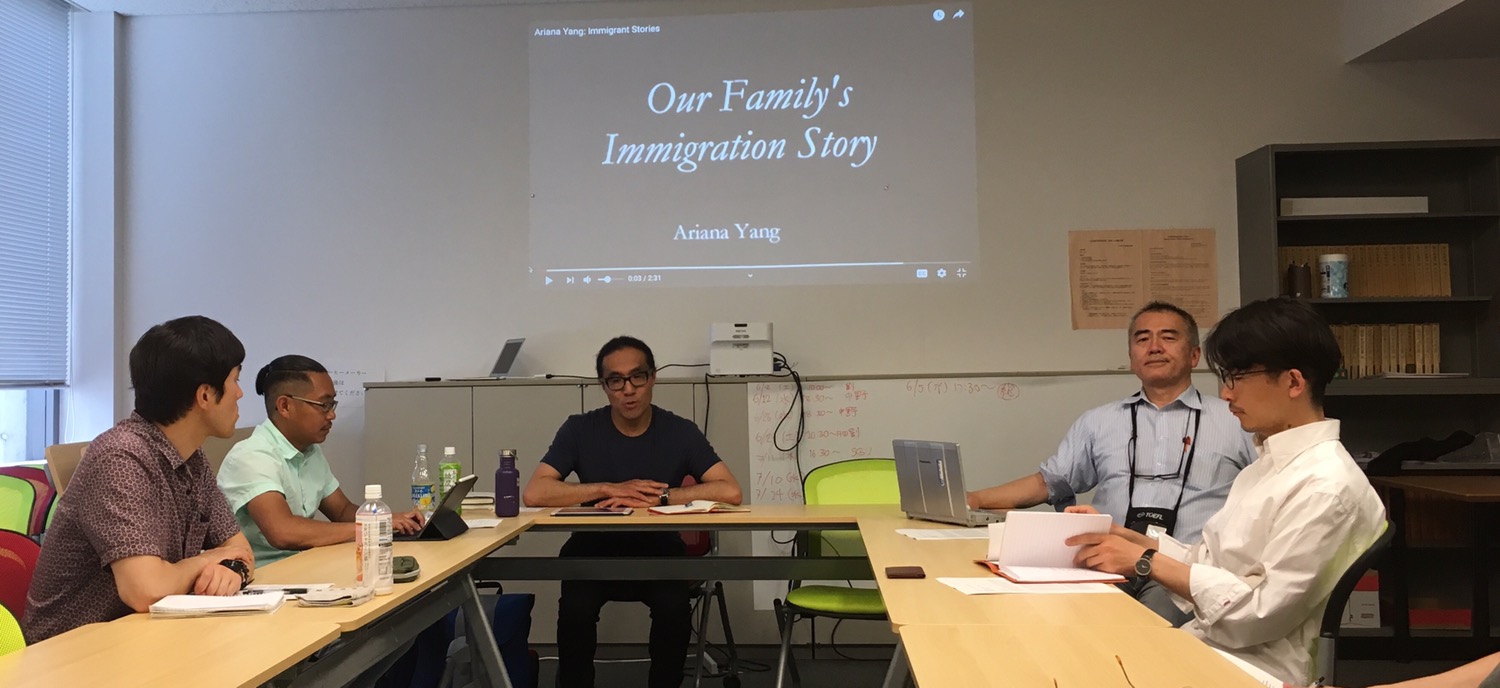On June 17, 2019, Waseda University’s Global Asia Research Center hosted a workshop entitled “Why Immigrant History Matters: Thinking of Trans-Pacific Learning Experiences” in which Prof. Yuichiro Onishi introduced his ongoing research based on materials gathered through a digital storytelling project – the Immigration History Research Center. Joined by his colleague Saengmany Ratsabout, they described the progress they have made in building a digital archived based on over 300 narratives of immigrants and refugees in the U.S.
First, Onishi explained how the descendants of the refugees in the U.S. expressed their national identity and how they integrated into American society. In particular, he discussed how the project team dealt with multidimensional topics such as immigration, refugee, adoptees, and return migration. Secondly, he shared his experiences conducting interviews with his informants. There were difficulties that some informants hesitated to open up their migration experiences and resettlement processes to the public. Lastly, he shared a short clip of the narratives of the immigrants in the U.S. In his future studies, he will connect and compare the stories of ethnic minority and refugee populations in the U.S with those of Japan.
Following the presentation, there was a lively discussion led by Prof. Toru Shinoda of Waseda University. In response to questions, Prof. Onishi explained that Minnesota had a long history of accepting refugees, including many Hmong people. There was also a discussion of how to define and discuss the differences between refugees and other immigrant groups. Thereafter, it was pointed out that Trans-Pacific studies involves events and interactions that have been dominated by war. These conditions arguably call for different approaches within the field of interdisciplinary studies.
For more information on the research being conducted by these scholars, please check out the website of the University of Minnesota’s Immigration History Research Center (IHRC, https://cla.umn.edu/ihrc ).

